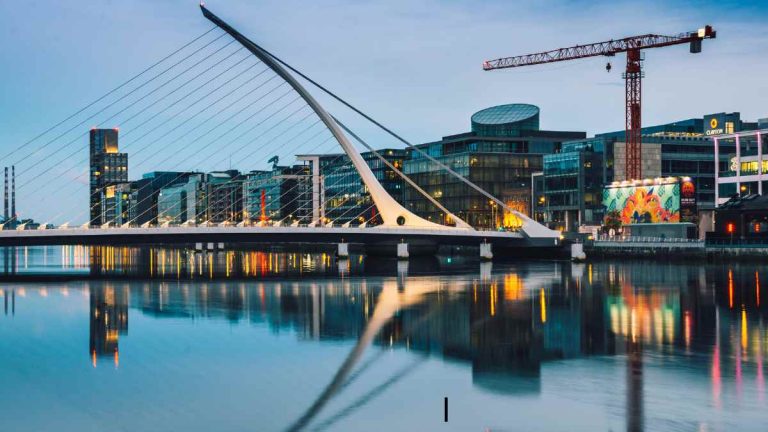More than two-thirds of tourism businesses across Ireland raised their prices last year, citing increasing operational costs as the driving factor. While the industry has seen a rise in revenue and maintains a cautiously optimistic outlook, many businesses are struggling to balance affordability with financial sustainability.
A recent analysis by Fáilte Ireland presents a mixed scenario. The 2024 tourism barometer, published by the national tourism body, reveals that despite financial pressures, 56 per cent of businesses turned a profit, while 24 per cent broke even. However, many in the sector are concerned that continuous price hikes could impact Ireland’s appeal to visitors.
The Impact of Rising Costs on the Tourism Sector
Despite price increases, the hospitality industry remains under strain. The restaurant sector, in particular, faced significant challenges, with 59 per cent reporting a decline in revenue, the highest across all tourism-related businesses. While nearly a third of restaurants saw improved sales, over half (53 per cent) still recorded losses.
Overall, 68 per cent of tourism businesses admitted to raising their prices in 2024. The sectors most affected by cost increases included hotels (87 per cent), inbound tour operators (83 per cent), and food and drink businesses (83 per cent). In contrast, only around half of attractions, activity providers, and self-catering accommodations increased their prices.
Fáilte Ireland’s chief executive, Paul Kelly, highlighted the complexity of the situation: “At a national level, the sector is performing well with strong revenue and visitor volume growth, but at an individual business level, profit margins are being squeezed.”
Accommodation and Attractions See Gains
The year also saw improvements in accommodation availability, driven by a reduction in government contracts for asylum seekers and international protection applicants. Additionally, there was a notable expansion in activities and attractions, increasing overall industry capacity. However, this broader spread of revenue has meant that individual businesses are seeing tighter margins.
Energy and Payroll Among Top Concerns
High operational costs remain a dominant issue for businesses, particularly energy expenses (cited by 57 per cent of respondents) and payroll costs (56 per cent). These financial pressures have led to a varied performance across different sectors.
Almost half (46 per cent) of tourism businesses increased revenue in 2024, while 36 per cent reported a decline. Attractions, tour operators, and coach services performed well, whereas the food and drink industry struggled to surpass 2023 figures. Restaurants and cafes were hit the hardest, with 51 per cent recording losses, compared to just 16 per cent across other industries.
Overseas Markets Drive Growth
Tourism revenue from North America was a key driver of industry growth, with 69 per cent of inbound tour operators reporting an increase from this market. However, revenue from British and mainland European visitors declined, raising concerns about broader travel trends.
What Lies Ahead for Irish Tourism?
With rising costs continuing to challenge businesses, the industry faces a balancing act between maintaining profitability and ensuring Ireland remains an attractive destination. If operational expenses keep climbing, businesses may be forced to make further price adjustments, potentially impacting visitor numbers in the long run.
To sustain growth and competitiveness, policymakers and industry leaders will need to explore strategies that ease financial pressures while preserving affordability for both domestic and international tourists.


